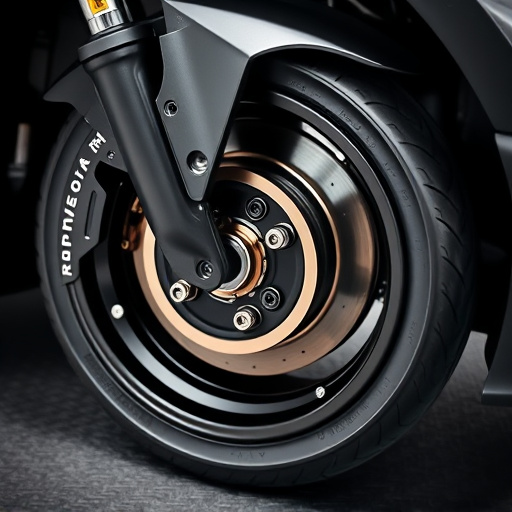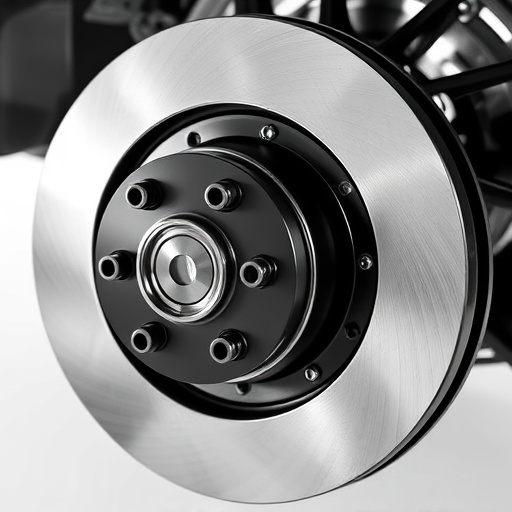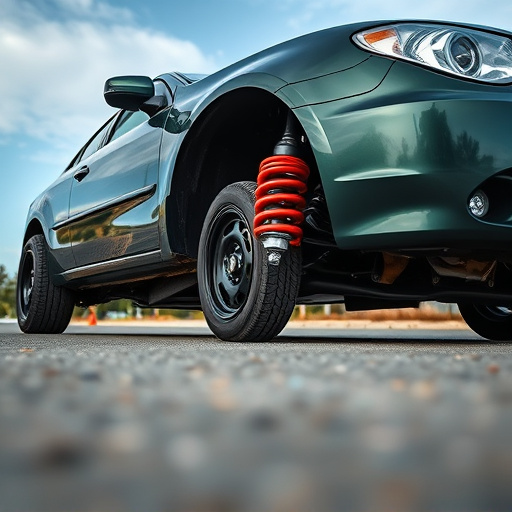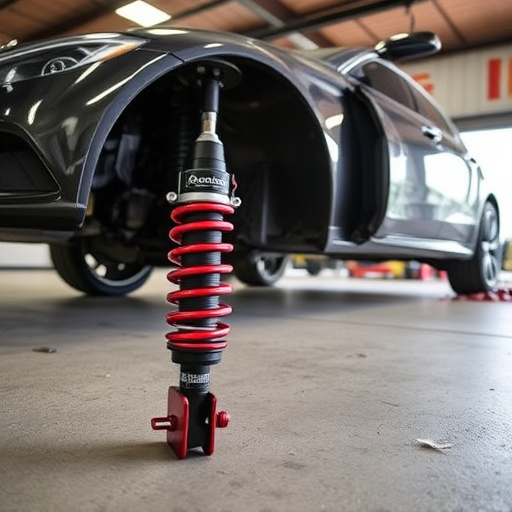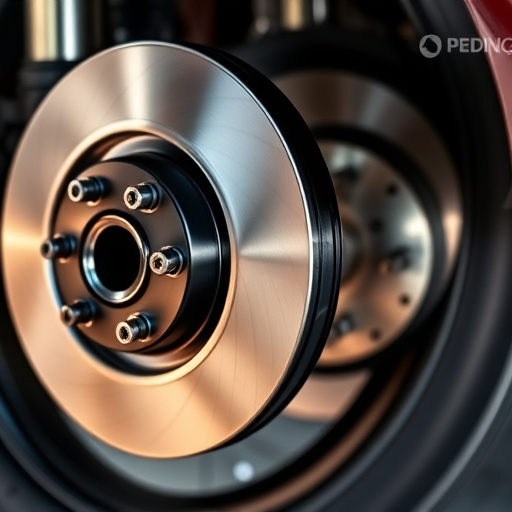The Mass Air Flow (MAF) Sensor is a critical component for engine performance and fuel efficiency, accurately measuring air entering the engine to optimize combustion. Faulty MAF sensors can cause issues like decreased power, stalling, computer errors, and increased emissions. Regularly monitoring symptoms and replacing the sensor if damaged can prevent further problems and ensure optimal vehicle tuning, especially after exhaust modifications. Diagnostic tools are needed to identify MAF sensor malfunctions, and high-quality replacements should be used to maintain peak engine performance.
Is your vehicle struggling to maintain optimal performance? One often-overlooked component that could be at fault is the Mass Air Flow (MAF) sensor. This critical sensor ensures your engine receives the right amount of air, affecting fuel efficiency and power. If you notice unusual behavior like poor acceleration, increased fuel consumption, or check engine lights, it might signal a faulty MAF sensor needing immediate replacement.
- Understanding the Mass Air Flow Sensor (MAF) and Its Function
- Common Signs Indicating MAF Sensor Replacement Is Necessary
- How to Diagnose and Address MAF Sensor Issues Effectively
Understanding the Mass Air Flow Sensor (MAF) and Its Function
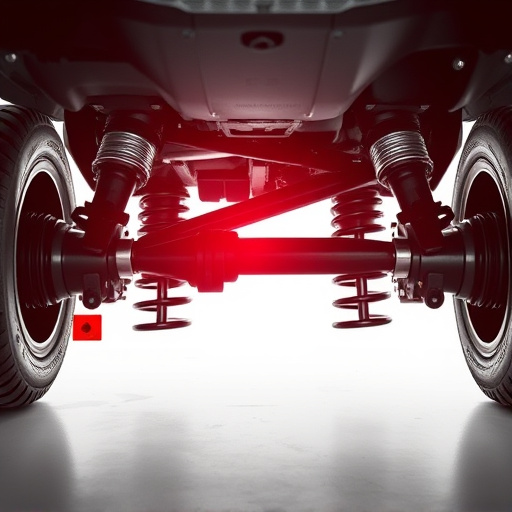
The Mass Air Flow Sensor (MAF) is a critical component in your vehicle’s engine management system. It’s responsible for measuring the mass flow rate of air entering the engine, which is essential for maintaining optimal combustion and fuel efficiency. This sensor plays a vital role in ensuring your car runs smoothly and efficiently, especially during various driving conditions. By accurately detecting the amount of air taken in, it helps regulate the mixture of air and fuel in the engine’s combustion chamber.
A well-functioning MAF sensor is crucial for maximizing performance, especially when combined with modifications like cold air intakes or a performance exhaust system. It enables your vehicle’s computer to precisely adjust fuel injection, ensuring that the engine gets the right amount of fuel for peak performance and minimal emissions. In vehicles equipped with cat back exhaust systems, a reliable MAF sensor is even more important as it helps maintain optimal engine tuning post-exhaust modification.
Common Signs Indicating MAF Sensor Replacement Is Necessary
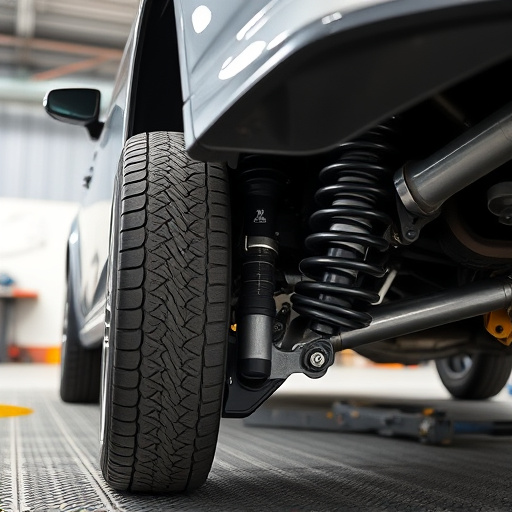
If your vehicle is experiencing a decline in fuel efficiency or overall engine performance, it might be time to check if your mass air flow (MAF) sensor needs replacement. This critical component plays a vital role in monitoring and controlling the amount of air entering your engine, ensuring optimal combustion. When the MAF sensor malfunctions, it can lead to several noticeable issues that signal the need for immediate attention.
One of the common signs is an unusual loss of power or stalling when accelerating. You might also notice erratic readings on your vehicle’s computer, impacting fuel injection and ignition timing. Moreover, a faulty MAF sensor can cause the check engine light to illuminate, accompanied by increased exhaust gas emissions. Regularly replacing air filter kits and suspension kits may not address these issues if the root problem lies with an aging or damaged MAF sensor. Keeping track of these symptoms is essential for maintaining optimal vehicle performance and preventing further damage.
How to Diagnose and Address MAF Sensor Issues Effectively
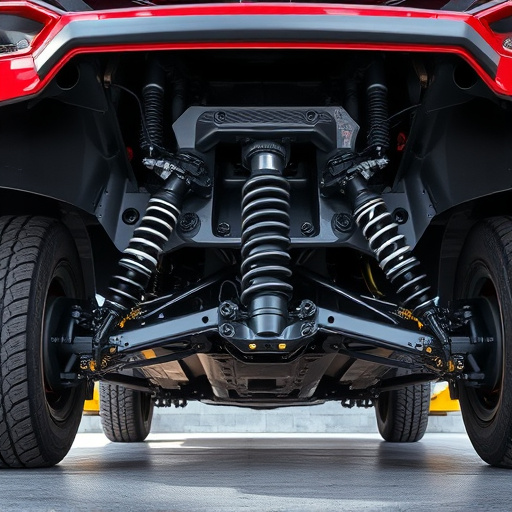
If your vehicle is experiencing performance issues, such as reduced fuel efficiency or rough idling, a faulty mass air flow (MAF) sensor could be to blame. Diagnosing MAF sensor problems requires some technical know-how and access to diagnostic tools. Start by inspecting the sensor for any visible damage or debris accumulation. A dirty or damaged sensor can disrupt airflow measurements, leading to inefficient combustion.
Next, use a scan tool to retrieve error codes from your vehicle’s computer. Look for codes related to MAF sensor malfunctions. Additionally, test the resistance of the sensor with a multimeter to ensure it matches the manufacturer’s specifications. If the sensor is indeed faulty, replacing it promptly is crucial. Consider upgrading to a high-quality replacement sensor and checking other intake components while you’re at it, as a clean air filter kit and well-maintained parts can further optimize engine performance.
If your vehicle’s performance has been suffering, and you’ve noticed common symptoms like reduced fuel efficiency, rough idling, or poor engine power, it could be indicative of a faulty mass air flow (MAF) sensor. The MAF sensor plays a crucial role in ensuring your engine receives the right amount of air-fuel mixture for optimal combustion. When it needs replacement, prompt action is essential to prevent further damage and maintain your vehicle’s health. Regular maintenance checks can help identify issues early on, making replacement less costly and time-consuming.







